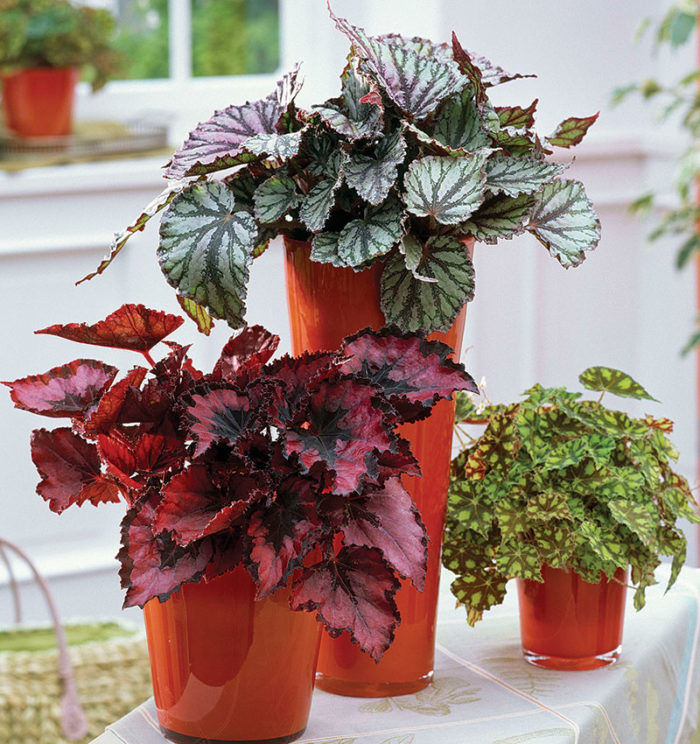
There’s something for everyone with begonias. The size range runs the gamut from tight little nuggets with tiny foliage to big whopping plants that stand several feet tall and take up a major chunk of real estate in your room. And everything between those extremes is generously represented. Every leaf shape imaginable falls within their repertoire. If you like your foliage furry, matte, glossy, eyelashed, spotted, streaked, colorful, or muted, there is a begonia available with the traits you covet. No wonder you want to grow one, but can you pull it off?
If you’ve tried and failed with begonias, don’t give up hope. It’s just a matter of matching the right begonia with your space. Like their diverse physical characteristics, begonias also have the full range of difficulty covered. Many begonias are a cinch to grow, while others are a bear. Fortunately, compatibility and finickiness are traits that tend to be linked to their classifications. Choose a begonia in a certain group, and chances are good that you’ll find a simpatico roommate.
Rex begonias have a growth habit similar to the rhizomatous types, but they usually boast festively colored leaves, with bands of red, burgundy, and metallic silver making for a flashy display. Unfortunately, they have a tendency to succumb to powdery mildew and other leaf diseases, especially during winter when their growth slows down. Sometimes those glorious leaves just melt. If you can’t resist their charms, try giving them a space with brisk air circulation, and water sparingly without wetting the leaves.
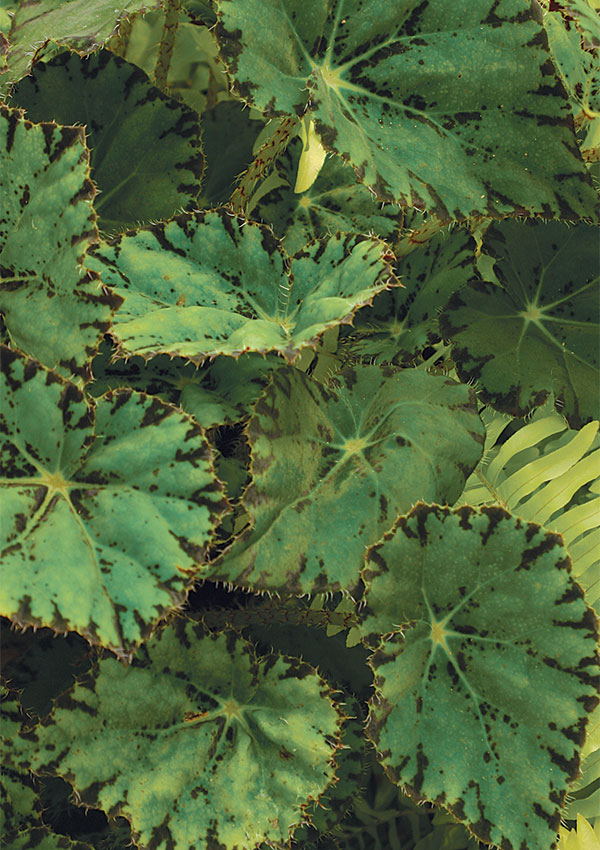
Rhizomatous begonias are the easiest to host in the average home, and they are readily available. Like their name implies, they grow via rhizomes that creep along the soil surface and send down roots. They usually remain between 4 inches to 2 feet tall—dimensions that make them suited for the average windowsill. In late winter (when you desperately crave a little entertainment of the natural kind), they send up wands of modest flowers, but the leaves are really their main event. And these leaves are remarkable by anyone’s standards. Leaf colors usually span the cream, copper, tan, and black range, but blush shades are entering the arena. They can be ruffled, spiraled, star-shaped, rounded, pond lily–like, palm-shaped, fingered—you name it, with all textures covered. They truly are a family group with few physical traits in common—except similar flowers. They love high humidity (think bathroom or kitchen), but they usually tolerate drier atmospheres. The main trick lies in potting them correctly in the right container.
Most begonias prefer shallow containers, and this is especially true of the rhizomatous group. Their root systems grow horizontally rather than plunging downward, so they never sink into the lower half of the soil in a deep pot. With regular watering, that soil remains soggy, creating a situation that begonias detest. In a shallow container, however, the roots slurp up water, the soil dries out between watering, and everyone is happy. Because they tend to be smaller, rhizomatous and Rex begonias are particularly sensitive about the “shallow container only” issue. By contrast, angel wing and cane begonias are more flexible.
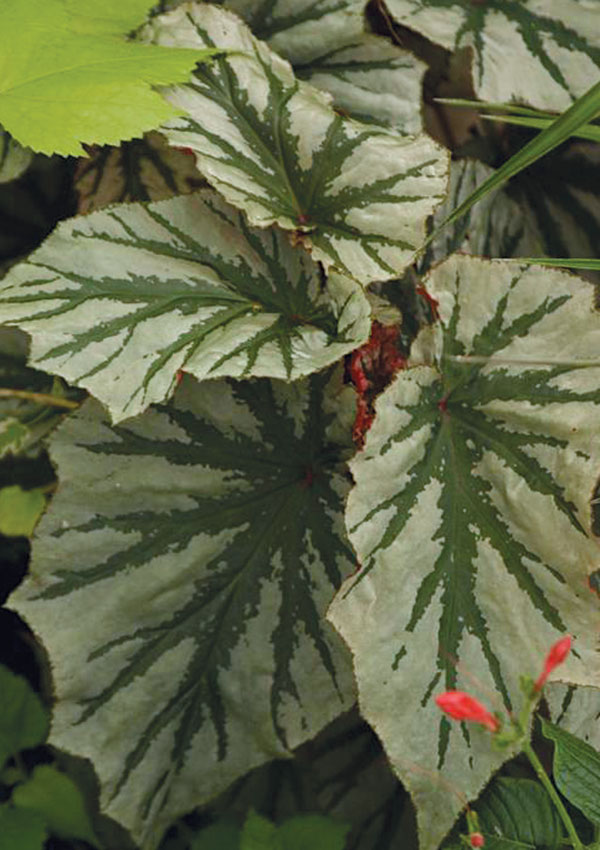
Cane and angel wing begonias feature the best of all worlds, with handsome leaves accented by metallic spots and winglike shapes, plus clusters of flowers that appear intermittently throughout the year. Depending upon the hybrid, the size of the flowers can be modest or large, with colors ranging from white through salmon, pink, and red. Their size spans the gap between a foot to several feet in height, and their leaves are on canelike stems that make their finest display if pruned back regularly. Like rhizomatous begonias, they can have impressive longevity. If you inherited one of these from your grandmother, the trick to keeping your family heritage perking along lies in regular pruning to encourage fresh, supple branches.
Rieger begonias direct their energy toward producing sizable, impressive, many-petaled flowers during the blah days of winter, but their bronze or olive green foliage is lackluster compared to the other groups of houseplant-worthy begonias. Nonetheless, they are wonderfully trouble-free entertainers indoors. Don’t take it personally, however, when they slip into a resting period during the summer months. Their only drawback is a tendency to suffer from powdery mildew, but keeping the foliage dry when watering usually prevents that unsightly condition.
Not included in the list of houseplant-suitable begonias are the tuberous types that burst into an awesome flower display in summer but, alas, go totally dormant during autumn and winter. Even during summer, they don’t really love living in the average home. Similarly, wax (aka “semperflorens”) begonias are not generally grown indoors. Although they don’t go dormant in winter, they rarely flower on a windowsill. And a wax begonia without flowers is a total nonevent. That said, they serve as parents to some hybrids that produce boisterous blossoms over a longer range, such as ‘Christmas Candy’ and the Dragon Wing® series. But really, if you go with the hundreds and hundreds of species and hybrids in the rhizomatous and cane groups, you’ll have all the diversity any normal, well-adjusted gardener could possibly need. Isn’t that enough?
More on begonias:
How to Keep Your Begonias Happy
—Tovah Martin is the author of several books on houseplants, including The Unexpected Houseplant: 220 Choices for Every Spot in Your Home.


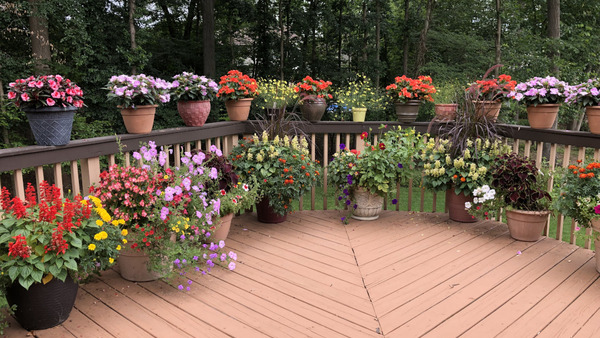
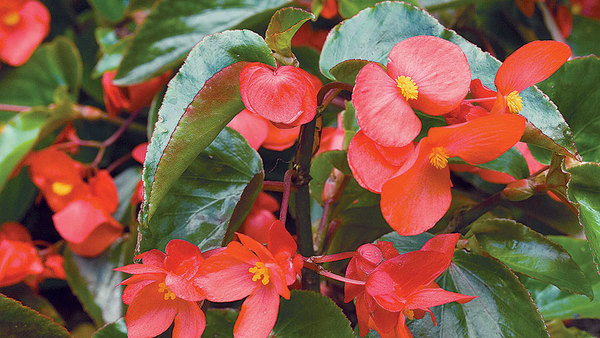
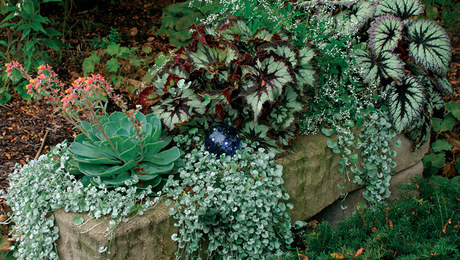












Comments
Especially during the summer months, but when planted over the winter as a perennial it will do well in full sun. Using these compact plants at borders and/or in a flower bed for mass planting. Plant begonias for better performance in warm , moist, well-drained soil. Pay To Take My Online Class
I really want to add this to my garden, but I don't know where can I buy it. https://www.watersoftenersolutions.com/
Thank you Tovah Martin, i have little info about Begonias. Begonias are popular houseplants that belong to the family Begoniaceae. There are about 400 species in the Begonia genus. Many begonias are native to the tropical regions of North and South America. The leaves range from being simple, like a grass leaf, to highly divided or compound into many leaflets. Well Thank you for share this informative post. https://moviesjackets.com
Thank you for sharing this great article here. info
Log in or create an account to post a comment.
Sign up Log in